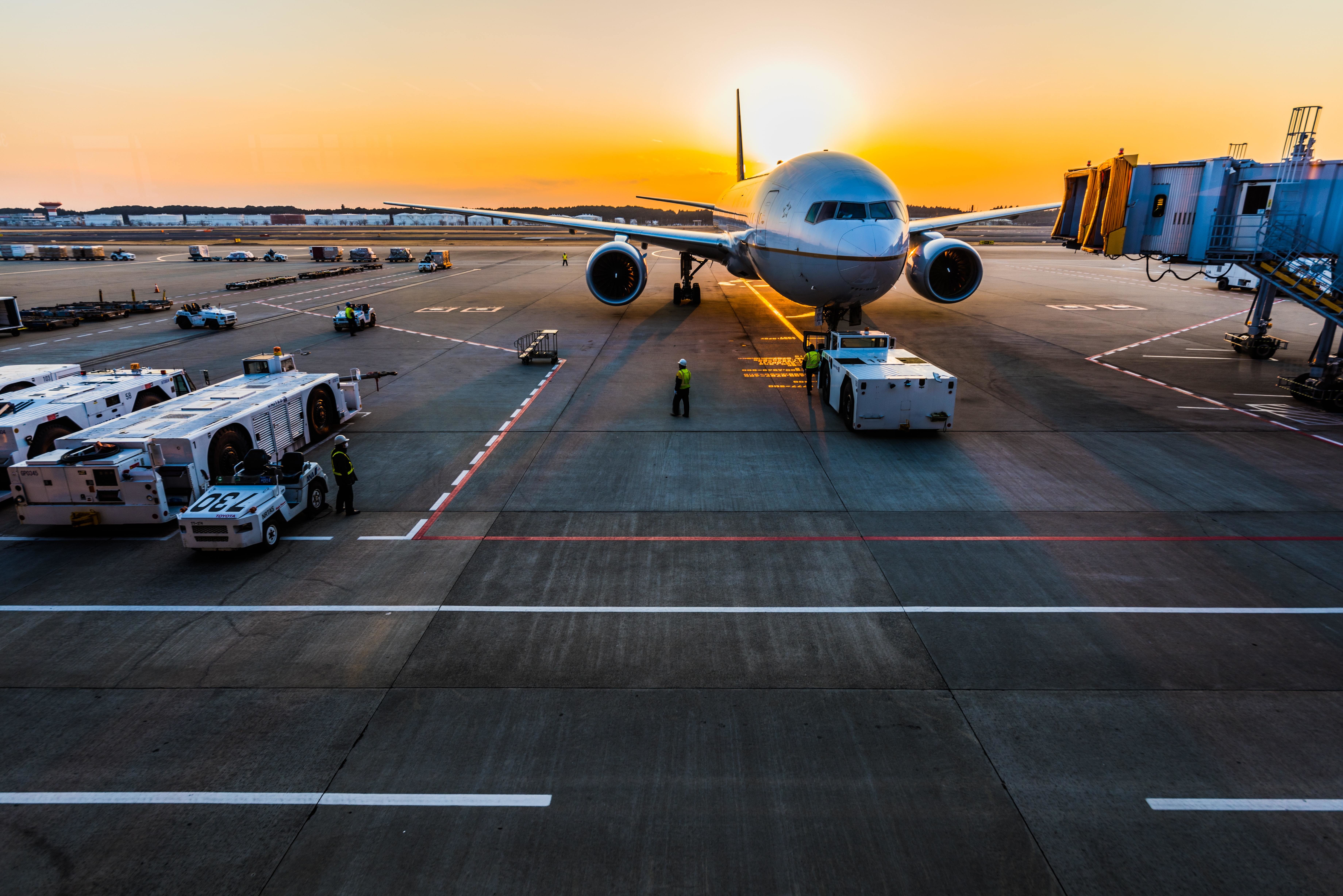Japan has eased travel restrictions - but will the tourism sector bounce back?

Even after easing its COVID travel restrictions, Japan is still the only one of the major G7 countries to have a cap on arrivals. Image: Unsplash

Get involved with our crowdsourced digital platform to deliver impact at scale
Stay up to date:
Japan
Listen to the article
- The Japanese government recently eased its COVID-19 entry restrictions, meaning tourists can now visit without being on a guided tour.
- However, Japan remains one of the few major economies with significant restrictions on travel still in place, including a cap on visitor numbers.
- With the yen weak, tourism has the potential to provide an economic boost - but the government wants to balance this with rigorous infection control.
On 7 September, the Japanese government eased entry restrictions for travellers with its new coronavirus countermeasures. Under the previous restrictions, travellers could only visit the country as part of a guided tour.
Now, with a valid vaccination certificate, it is no longer necessary to do a pre-departure PCR test; the maximum number of people to be accepted will be increased from 20,000 to 50,000 per day; visitors from all countries will be allowed to enter the country as long as their itineraries have been booked through a travel agency.
Will this lead to a recovery for tourism and other sectors? The response from the business community has been a mixture of hope and anxiety, partly because there is still a cap on the number of visitors.
However, the government has indicated that it is looking to remove the cap and reopen borders to individual foreign travellers, possibly as early as October.
Japan is the only one of the major G7 countries to have a cap on arrivals, and the new 50,000 daily figures are still less than half the 140,000 people who entered Japan on average each day in 2019. Visas are also a barrier to visiting the country. Prior to the spread of the new coronavirus, Japan had exempted 68 countries and regions, including the US, from visa requirements for short-term stays (up to 90 days), but the latest package of measures still requires all foreigners to obtain visas.
On 2 September, the Japan Tourism Agency revised its guidelines, but it continues to call for thorough implementation of basic infection prevention measures, such as wearing masks, disinfecting hands, and avoiding the "three Cs" (closed spaces, crowds, and close-contact settings), and it also recommends purchasing private medical insurance. In many other major countries around the world, entry restrictions have already been lifted and mask-wearing has become less conspicuous.
According to the latest information from the Destination Tracker, jointly developed by the United Nations World Tourism Organization (UNWTO) and the International Air Transport Association (IATA), as of 2 September the number of countries and territories with "no entry restrictions for foreigners" increased to 81. Of these, 43 are European countries. It is undeniable that Japan remains behind the trend of countries around the world to ease immigration restrictions.

Japan was ranked first in the 2021 Travel and Tourism Development Index Report published by the World Economic Forum, which measures “the set of factors and policies that enable the sustainable and resilient development of the travel and tourism sector, which in turn contributes to the development of a country”. With a weak yen, Japan could be an attractive destination for foreign tourists, with all the economic benefits that brings. However, with the number of foreign visitors to Japan falling far below the pre-infection level of more than 30 million per year, the question will be how to promote economic revitalization while remaining committed to preventing infection.
Don't miss any update on this topic
Create a free account and access your personalized content collection with our latest publications and analyses.
License and Republishing
World Economic Forum articles may be republished in accordance with the Creative Commons Attribution-NonCommercial-NoDerivatives 4.0 International Public License, and in accordance with our Terms of Use.
The views expressed in this article are those of the author alone and not the World Economic Forum.
Related topics:
The Agenda Weekly
A weekly update of the most important issues driving the global agenda
You can unsubscribe at any time using the link in our emails. For more details, review our privacy policy.
More on Health and Healthcare SystemsSee all
Victoria Masterson, Ian Shine and Madeleine North
July 25, 2024
Elisha London
July 24, 2024
Hamad Al Hammadi
July 22, 2024
Shyam Bishen
July 17, 2024
Shyam Bishen
July 15, 2024
Shyam Bishen
July 11, 2024






